Consumer Market Segments
December 2017 — Overall, consumer demand and behavior have changed significantly over the past decade. At the end of 2017, those changes are having a lasting impact on the industry.
Deliberate Consumers. These consumers are cautious about spending. They now expect and search for bargains, an expectation that retailers have unhappily fostered and reinforced. These consumers are not making retail purchases the way they did pre-2008. Their cautious behaviors create problems for brick and mortar “mall-type” retailers.
Affluent Shoppers. They are spending again, though with somewhat more caution about their purchases. Where they are present, retailers are generally doing well, especially those in malls and large successful downtowns that have expensive condos, office workers, and foreign tourists.
Millennials. They are now the largest age group, but they are spending far less than the Boomers at comparable ages. They value experiences more than material things. They are burdened by recession impacted slow career climbs and heavy student loans. They feel very comfortable shopping online, but getting sufficient sales from them is challenging.
Baby Boomers. They are no longer the largest age cohort, but certainly the one with the most money. They are aging, with more of them approaching retirement age. Many are empty nesters. Though they may have more money than other age cohorts, their retail purchasing has shifted as they aged and their needs and wants to be changed.
Low–Income Households. Walmart and Amazon are now battling the dollar store chains to capture their retail expenditures. For years, the dollar stores have been opening the most stores, while other retailers were closing because they were focused on the low-income market.
Shopping Behaviors and Preferences
Americans are shopping less at malls. According to Cushman and Wakefield, visits to shopping malls in the US declined by 50% between 2010 and 2013. A lot of the consumer demand disgorged by the malls is undoubtedly going to e-retailers. Researchers have found that the proportion of Americans shopping online had increased from 22% in 2000 to 79% in 2015 (Pew Research, December 2016, “Online Shopping and E-Commerce”.)
The strongest impact of the Internet may not be through e-commerce purchases, but how it has restructured the way Americans now shop. We now research online before we shop, go directly to the merchandise we had researched online, spend less time in-store, do far less browsing and make fewer impulse purchases. This means that making stores and downtowns “stickier” for shoppers is important, as well as the need for stronger Central Social Districts.
What physical stores need to do to compete more successfully with online competitors seems to be 1) offering competitive prices and 2) providing a socially congenial and appealing retail experience. Successful malls are looking more like successful downtowns with major public spaces, restaurants, entertainment, and other uses.
The Rise of E-Commerce
True, more and more retail expenditures are going online. For example, according to the Census Bureau, in the first quarter of 2010, e-commerce accounted for 4.2% of the nation’s total retail sales, but by the third quarter of 2017, it had grown to 9.1%. Most retail dollars are still spent in brick and mortar stores, though online sales are growing faster.
Online sales have much higher capture rates for many types of retail merchandise and online now dominates or soon dominates many product categories. Online apparel sales were once thought hard to do because customers would want to touch and try on the merchandise. Both apparel and furniture have seen significant online sales growth in recent years. Amazon’s Whole Foods and physical bookstore are critical experiments in how online and physical stores can be integrated.
Retail Space Issues
Retail Closings. In 2017, over 6,800 store closings are estimated based on company announcements. Among those that are hardest hit are the “mall-type” retail chain stores, especially those in apparel and older department stores. Most of the department store closings are in malls in less urban and less affluent locations. Many middle-income areas have lost stores because the retail market has been bifurcating into high and low-income tiers.
Retail Store Openings. About 3,300 openings are expected in 2017. Dollar stores account for about half of those openings. Far fewer, but still meaningful numbers of openings are coming from off-pricers, supermarkets, the physical stores of online birthed retailers, and others.
Poor Neighborhoods and Small Towns. These locations have been the least adversely impacted by the travails of retail chain store closings, mostly because they seldom had any “mall-type” chains. With the growth of online shopping, small-town residents now have better retail choices.
Online Birthed Retailers. A number of online birthed retailers are opening brick-and-mortar stores. Some evidence suggests that physical stores may often be more profitable than a purely online retail operation and that conversion rates are higher among visitors to physical stores than among visitors to websites.
Successful Malls. About 20% of the shopping malls are doing very well and they generate nearly three-fourths of mall revenues. They are “…located in affluent, highly populated markets that are tourist or economic hubs; ..”
Smaller Spaces. Retailers are also looking for smaller spaces than they were 10 years ago—about 25% smaller. This reinforces the declining demand for retail space. Online birthed retailers may reinforce this trend if they have no need for large amounts of onsite merchandise storage.
High Retail Vacancy Rates. A large number of vacant storefronts has less to do with the impacts of e-commerce or deliberate consumers and more to do with district success, landlord greed and miscalculations, and chain management deficiencies.
Too Much Retail Space. According to data from CoStar, total retail space in the U.S. totals about 13.0 billion square feet. This equals 39.8 SF of retail space per capita. Since about 2010, real estate experts have said that the US has far more per capita retail space than any other nation and far more than consumer sales can support.
The Future
As space uses change, the demand for retail spaces and where retailers want them located will also change. In times past, retail shops were all brick and mortar and operated as places where interaction, information sharing, transactions, and delivery would take place. In recent decades, there has been a distinct trend toward depersonalizing the shopper experience.
Today, those physical stores are increasingly used as distribution points and showrooms for online purchases, places to provide intense customer service.
Retail stores are not going away. The internet will not and cannot capture all retail activity. The retail stores of the future probably will be quite different in their uses and ambiance and probably better than today. What they specifically will look like remains to be defined, but retail markets in the future will be defined as much electronically as they are geographical.

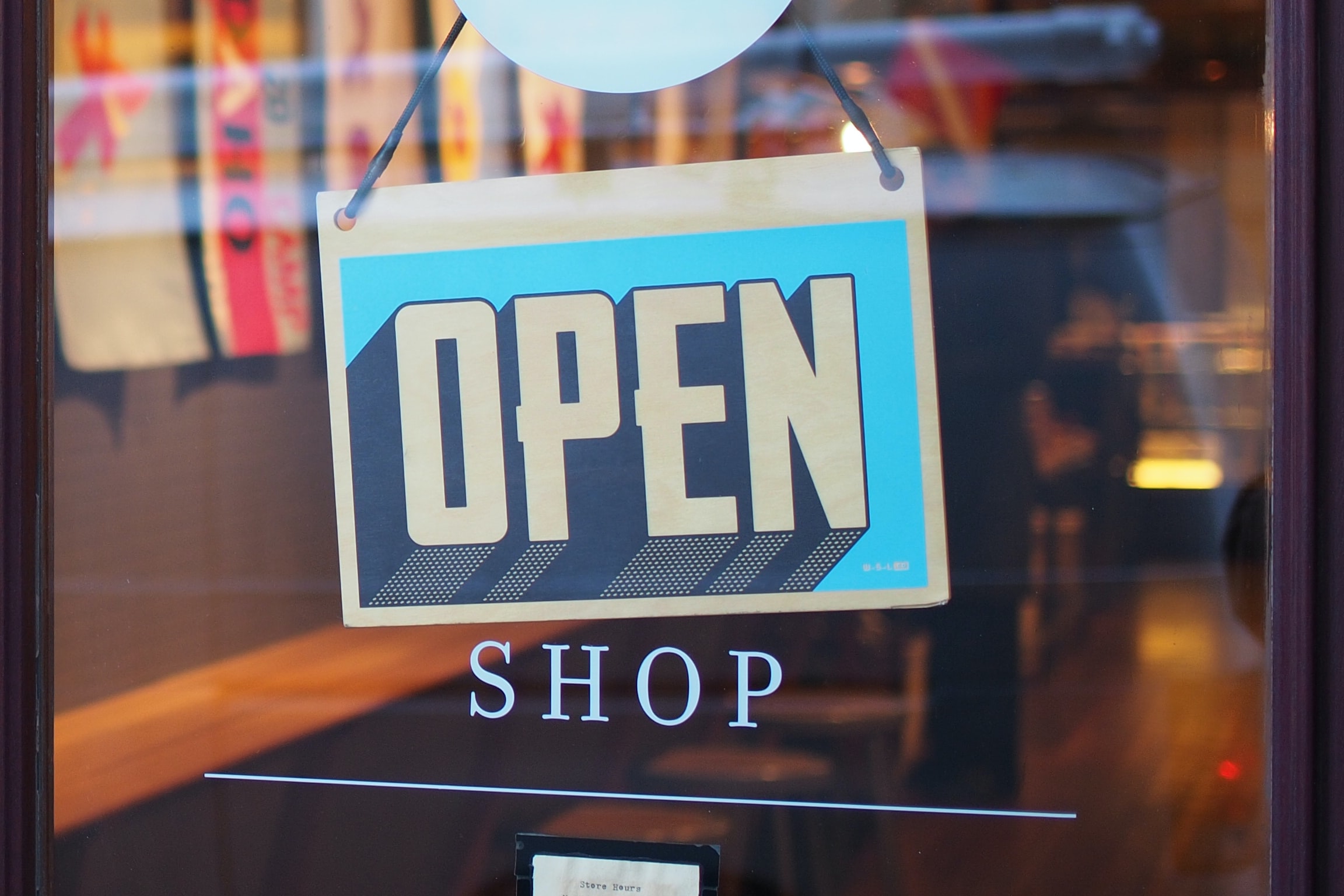


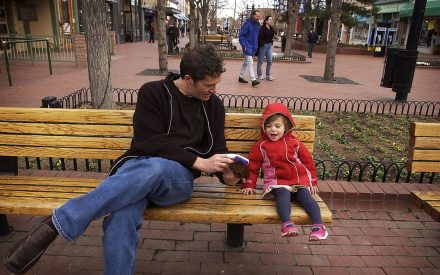
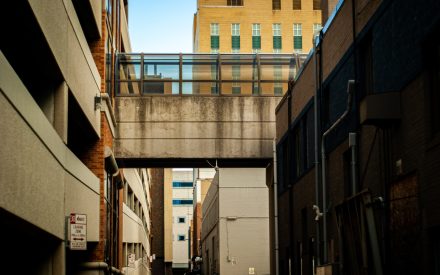
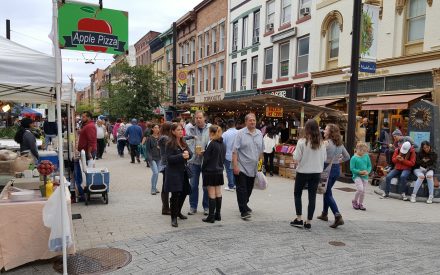
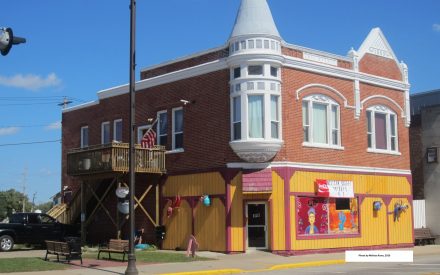

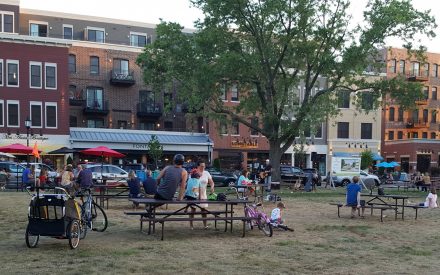

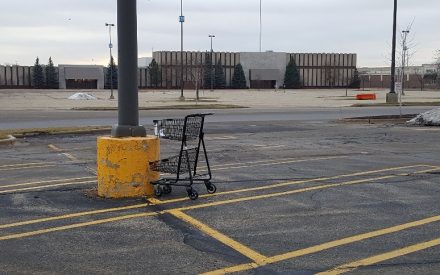



 Rural Pharmacies an Overlooked Piece of the Rural Health Care System
Rural Pharmacies an Overlooked Piece of the Rural Health Care System The Economics of Downtown Revitalization: Putting Some “Oomph” Behind the Numbers
The Economics of Downtown Revitalization: Putting Some “Oomph” Behind the Numbers The Hotel Industry: Recovery and Future Development in Our Communities
The Hotel Industry: Recovery and Future Development in Our Communities Focus Group Analysis Tips
Focus Group Analysis Tips


